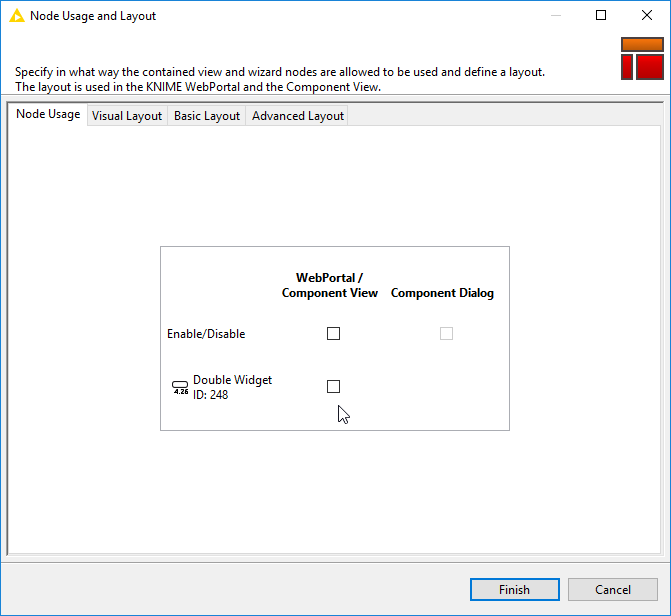

If you don’t like change, data engineering is not for you. In either case, it’s not that you were there, but what impact did you make? That could be in their primary occupation or by contributing to open-source projects. "When I evaluate data engineering candidates for a role, I’m looking for their track record of making an impact and hitting the ground running," Murray mentioned. "This would radically simplify the self-service analytics process and further democratize data, but it will be difficult to solve beyond basic "metric fetching," given the complexity of data pipelines for more advanced analytics," commented Monte Carlo CTO Shane Murray. Generative AI has also kick-started a gold rush with dozens of very early start-up companies racing to develop an AI that can query the data warehouse and return an intelligent answer to the ad hoc questions data consumers ask in their natural language. I’ve seen Andrej Karpathy joke on Twitter, “The hottest new programming language is English.” grouping all values of a specific type) you can change their order by using the arrow buttons at the end of the row.One of the biggest impacts has been the wider adoption of “prompt engineering,” essentially the skill of prompting AI to assist in coding-related tasks.

To improve readability of your variables (e.g. It must comply with the type-requirements as described above. However,Ī name must not be empty or be used by other variables you have already defined in the node

You can use any characters to define your name. You should keep in mind that you may loose some precisionįor big values or values that are very close to zero.Ī truth value that can be either “true” or “false”.Īny other value will be interpreted as “false”. If the number is too big or too small, it may be converted into one of the these special values. Numeric value you can also specify one of the following three (case-sensitive) special values: You can specify an exponent by appending “e” followed by the exponent. If the size of your value exceeds the limits above, you can try to use a DoubleĪ floating point decimal number with possible values from around 4.9♱0⁻³²⁴ to 1.8♱0³⁰⁸ If the size of your value exceeds the limits above, you can try to use a LongĪn integer number with possible values from 2⁶ª-1 to -2⁶ª. The value must be a valid number (consisting only of an optional sign The node will inform about a string that is empty or does only contain spaces because thisĪn integer number with possible values from 2³¹-1 to -2³¹. This is the default if a new variable is created. The following five basic data types are supported:Ī string of characters. Depending on the type the requirements for the variable value may This is the type of the variable to create. This button can be used to define a new variable. When it is initailly created, even before you configure it. The node will automatically add a variable called “variable_1” Probably lead to unexpected behavior downstream and should thus be avoided. It is possible to define variables with the same names but different typesĪs already defined upstream variables. The node will notify you in the case this happens. Thus upstream variables will get overridden by defined variables with the same name and The variables defined by this node take precedence over upstream ones (on the Variable Inport). This node allows the creation of flow variables of different types and custom values.


 0 kommentar(er)
0 kommentar(er)
